Enzymes(酶)
Enzymes are very efficient and specific catalyst proteins which react with 1 or few types of substrates in biochemical reactions and are responsible for bringing about almost all of the chemical reactions in living organisms. Enzymes speed up reactions by providing an alternative reaction pathway of lower activation energy. Without enzymes, reactions take place at a rate far too slow for the pace of metabolism which means that they speed up the chemical reactions in living things.
There are 2 types of enzymes, ones that help join specific molecules together to form new molecules & others that help break specific molecules apart into separate molecules. Enzymes play many important roles ouside the cell as well. One of the best examples of this is the digestive system. For instance, it is enzymes in your digestive system that break food down in your digestive system break food down into small molecules that can be absorbed by the body. Some enzymes in your digestive system break down starch, some proteins and others break down fats. The enzymes used to digest our food are extra-cellular since they are located outside our cells & enzymes inside our cells are intra-cellular enzymes. Enzymes are used in ALL chemical reactions in living things; this includes respiration, photosynthesis, movement growth, getting rid of toxic chemicals in the liver and so on. Enzymes are proteins that must have the correct structure to be active. They are very easily affected by heat, pH and heavy metal ions.
Ribonucleoprotein enzyme catalytic activity is located in the protein part but for some the catalytic activity is in the RNA part. A catalyst is any substance which makes a chemical reaction go faster, without itself being changed. A catalyst can be used over and over again in a chemical reaction and does not get used up.
Enzymes lower the amount of activation energy needed by binding to the reactants of the reaction they catalyze, thus speed up the reaction and can process millions of molecules per second. Enzymes are typically large proteins with high molecular weight that permit reactions to go at conditions that the body can tolerate.
Enzyme nomenclature is based on what the enzyme reacts with & how it reacts along with the ending ase.
Enzymes must get over the activation energy hurdle.
Enzymes change how a reaction will proceed which reduces the activation energy and makes it faster. The more we increase the enzyme concentration the faster the reaction rate for non-catalyzed reactions. Enzymes that are catalyzed reactions also increase reaction rate at higher level of concentration but up to a certain point called Vmax which means that the enzyme has reached its maximum point. The reaction is limited by both the concentrations of the enzyme and substrate. Enzymes as catalysts take part in reactions which provide an alternative reaction pathway. Enzymes do not undergo permanent changes and remain unchanged at the end of the reaction. They only change the rate of reaction, not the position of the equilibrium.Enzymes as catalysts are highly selective by only catalysing specific reactions due to the shapes of the enzyme’s molecule.
Enzymes contain a globular protein part called apoenzyme and a non-protein part named cofactor or prosthetic group or metal-ion-activator. Changes in temperature and pH have great influence on the intra- and intermolecular bonds that hold the protein part in their secondary and tertiary structures.
Examples of cofactors are 1. Prosthetic group that are permanently bound to the enzyme. 2. Activator group which are cations (positively charged metal ions) & temporarily bind to the active site of the enzyme. 3.Coenzymes, usually vitamins or made from vitamins which are not permanently bound to the enzyme molecule, but combine with the enzyme-substrate complex temporarily. Enzymes require the presence cofactors before their catalytic activity can be exerted. This entire active complex is referred to as the holoenzyme.
Without enzymes, our guts would take weeks to digest our food, our muscles, nerves and bones would not work properly and so on…
Main Enzyme category groups:
Oxidoreductases:
All enzymes that catalyse oxido-reductions belong in this class. The substrate oxidized is regarded as a hydrogen or electron donor. The classification is based on 'donor:acceptor oxidoreductase'. The common name is 'dehydrogenase', wherever this is possible; as an alternative, 'acceptor reductase' can be used. 'Oxidase' is used only where O2 is an acceptor. Classification is difficult in some cases, because of the lack of specificity towards the acceptor.
Transferases:
Transferases are enzymes that transfer a group, for example, the methyl group or a glycosyl group, from one compound (generally regarded as donor) to another compound (generally regarded as acceptor). The classification is based on the scheme 'donor:acceptor grouptransferase'. The common names are normally formed as 'acceptor grouptransferase' or 'donor grouptransferase'. In many cases, the donor is a cofactor (coenzyme) that carries the group to be transferred. The aminotransferases constitute a special case.
Hydrolases:
These enzymes catalyse the hydrolysis of various bonds. Some of these enzymes pose problems because they have a very wide specificity, and it is not easy to decide if two preparations described by different authors are the same, or if they should be listed under different entries. While the systematic name always includes 'hydrolase', the common name is, in most cases, formed by the name of the substrate with the suffix -ase. It is understood that the name of the substrate with this suffix, and no other indicator, means a hydrolytic enzyme. It should be noted that peptidases have recommended names rather than common names.
Lyases:
Lyases are enzymes that cleave C-C, C-O, C-N and other bonds by means other than by hydrolysis or oxidation. They differ from other enzymes in that two (or more) substrates are involved in one reaction direction, but there is one compound fewer in the other direction. When acting on the single substrate, a molecule is eliminated and this generates either a new double bond or a new ring. The systematic name is formed according to 'substrate group-lyase'. In common names, expressions like decarboxylase, aldolase, etc. are used. 'Dehydratase' is used for those enzymes that eliminate water. In cases where the reverse reaction is the more important, or the only one to be demonstrated, 'synthase' may be used in the name.
Ligases:
Ligases are enzymes that catalyse the joining of two molecules with concomitant hydrolysis of the diphosphate bond in ATP or a similar triphosphate. 'Ligase' is often used for the common name, but, in a few cases, 'synthase' or 'carboxylase' is used. 'Synthetase' may be used in place of 'synthase' for enzymes in this class.
Products for Enzymes
- 41701(11)
- Activating Transcription Factor(3)
- Adenylate Kinase(10)
- AHCY(3)
- Aldolase(9)
- Asparaginase(5)
- Aurora Kinase(18)
- Beta Lactamase(3)
- Calcium and Integrin Binding(2)
- Calcium/Calmodulin-Dependent Protein Kinase(4)
- Carbonic Anhydrase(49)
- Casein Kinase(36)
- Cathepsin(52)
- Chitinase(5)
- Creatin Kinases(9)
- Cyclin(7)
- Cyclin-Dependent Kinase(18)
- Cyclophilin(23)
- Deaminase(14)
- Decarboxylase(12)
- Dehydrogenase(96)
- Discoidin Domain Receptor Tyrosine Kinase(2)
- DNA Polymerase(4)
- EGF Receptor(3)
- Endonuclease(6)
- Enolase(10)
- Enterokinase(5)
- Epimerase(3)
- Esterase(15)
- FGF Receptors(12)
- FK506 Binding Protein(10)
- Fructosamine 3 Kinase(2)
- Galactosidase(5)
- Glucosidase(32)
- Gluteradoxin(7)
- Glycogen synthase kinase(2)
- Glycosylase(10)
- Glyoxalase(3)
- Granzyme(7)
- Guanylate Kinase(2)
- Heparanase(2)
- Histone Deacetylase(3)
- Hydratase(10)
- Hydrolase(33)
- Hydroxylase(6)
- Isomerase(26)
- Jun N-terminal Kinase(1)
- Jun Proto-Oncogene(2)
- Kallikrein(26)
- Ligase(4)
- Lipase(14)
- Lipocalin(6)
- Lyase(9)
- LYVE1(3)
- Mitogen-Activated Protein Kinase(16)
- MMP(68)
- Mutase(11)
- Natural Enzymes(4)
- Nuclease(18)
- Nucleotidase(4)
- Nudix Type Motif(11)
- Other Enzymes(63)
- Oxidase(23)
- Oxygenase(12)
- Paraoxonase(3)
- Peptidase(41)
- Peroxiredoxin(10)
- Phosphatase(150)
- Phosphorylase(9)
- PI3-kinase(5)
- Polymerase(13)
- PPARG(2)
- Protease(15)
- Proteasome(54)
- Protein Kinase Akt1/PKB alpha(4)
- Protein Kinase-A(7)
- Protein Kinase-C(3)
- Protein Kinases(86)
- Protein Tyrosine Phosphatase(10)
- Reductase(60)
- Secreted Phospholipase A2(10)
- Serine Threonine Kinase(4)
- Sulfatase(8)
- Synthase(23)
- Synthetase(33)
- TGFBR(3)
- TGM2(3)
- TIMP(10)
- TPA(4)
- Transferase(156)
- Tyrosine Kinase(9)
- Ubiquitin Conjugating Enzyme(39)
- Uromodulin(4)
- VEGF Receptors(14)
- Transaminase(19)
- Hexokinase(6)
- TIE1(6)
- Cat.No. 产品名称 Information
-
GP22226
RNGTT Human
RNA Guanylyltransferase And 5'-Phosphatase Human Recombinant

-
GP22227
RNLS Human
Renalase Human Recombinant

-
GP22228
RNMT Human
RNA (guanine-7-) Methyltransferase Human Recombinant

-
GP22229
RNMTL1 Human
RNA Methyltransferase Like 1 Human Recombinant

-
GP26179
RNPA E.Coli
RNPA E

-
GC69824
RO5461111
RO5461111 是一种高特异性、口服有效的 Cathepsin S 拮抗剂 (IC50: 0.4 nM, human Cathepsin S; 0.5 nM, murine Cathepsin S)。RO5461111 能够有效抑制抗原特异性 T 细胞和 B 细胞活化。RO5461111 对肺部炎症和狼疮性肾炎有改善作用。
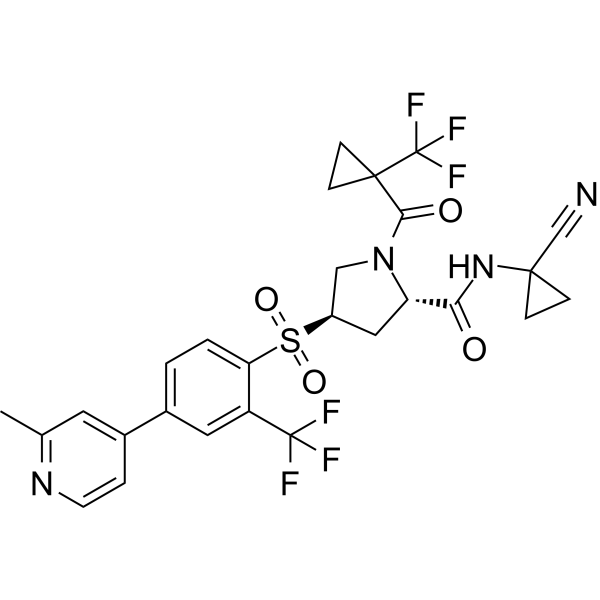
-
GP22230
RPE Human
Ribulose-5-Phosphate-3-Epimerase Human Recombinant

-
GP22231
RPIA Human
Ribose 5-Phosphate Isomerase A Human Recombinant

-
GP22233
RPN2 Human
Ribophorin II Human Recombinant

-
GP22234
RPP30 Human
Ribonuclease P/MRP 30kDa Subunit Human Recombinant

-
GP22235
RRM2 Human
Ribonucleotide Reductase M2 Human Recombinant

-
GC48895
Rufinamide-15N-d2
[15N,2H2]-卢非酰胺
An internal standard for the quantification of rufinamide
-
GC65307
S130
S130 是一种高亲和力、选择性的半胱氨酸蛋白酶 ATG4B 的抑制剂, IC50 值为 3.24 µM。S130 可以抑制自噬通量。
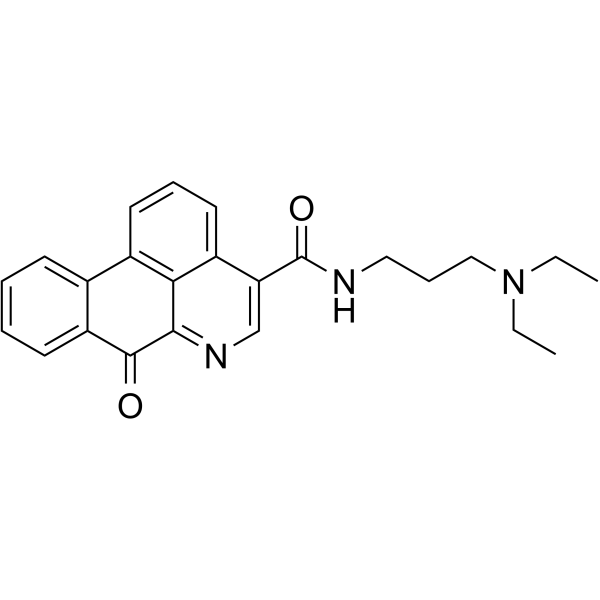
-
GP22236
SAE1 Human
SUMO1 Activating Enzyme Subunit 1 Human Recombinant

-
GP26180
SAE1/SAE2 Human
SAE1/SAE2 Human Recombinant produced in SF9 is glycosylated, polypeptide chain containing 2 subunits (SAE1 subunit molecular mass is 39kDa & SAE2 subunit molecular mass is 73kDa)

-
GP22237
SARS Human
Seryl-tRNA Synthetase Human Recombinant

-
GP22238
SAT1 Human
Spermidine/Spermine N1-Acetyltransferase 1 Human Recombinant

-
GP22239
SAT2 Human
Spermidine/Spermine N1-Acetyltransferase 2 Human Recombinant

-
GC61524
SC-43
An SHP-1 activator
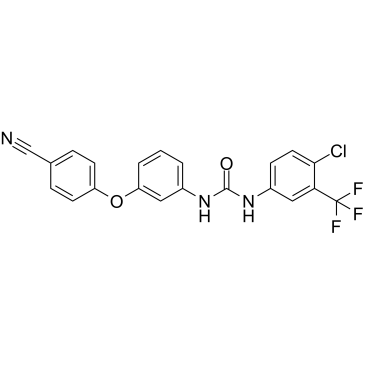
-
GC46220
SD 2590 (hydrochloride)
SC-78080
An MMP inhibitor
-
GP22240
SDSL Human
Serine Dehydratase-Like Human Recombinant

-
GP22241
SENP8 Human
Sentrin Specific Peptidase Family Member 8 Human Recombinant

-
GP22242
Seprase Human
Fibroblast Activation Protein Alpha Human Recombinant

-
GP22243
SEPSECS Human
Selenocysteinyl-tRNA(Sec) synthase Human Recombinant

-
GP22244
SEPSECS Mouse
Selenocysteinyl-tRNA(Sec) synthase Mouse Recombinant

-
GP22246
SERPINE2 Mouse
Plasminogen Activator Inhibitor-2 Mouse Recombinant

-
GP22247
SETD7 Human
Set7/9 Histone Methyltransferase Human Recombinant

-
GC72884
SF2312 ammonium
SF2312 ammonium是SF2312的铵态形式。
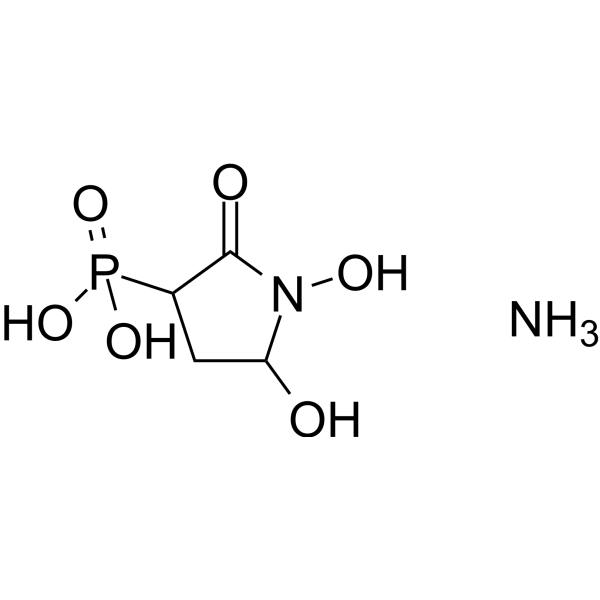
-
GC64382
SGC-CK2-1
SGC-CK2-1 是一种高效、ATP 竞争性的 CK2 化学探针,对两种人 CK2 亚型 CK2α 和 CK2α' 具有选择性,IC50分别为 36 和 16 nM。SGC-CK2-1 可用于神经退行性疾病的研究。
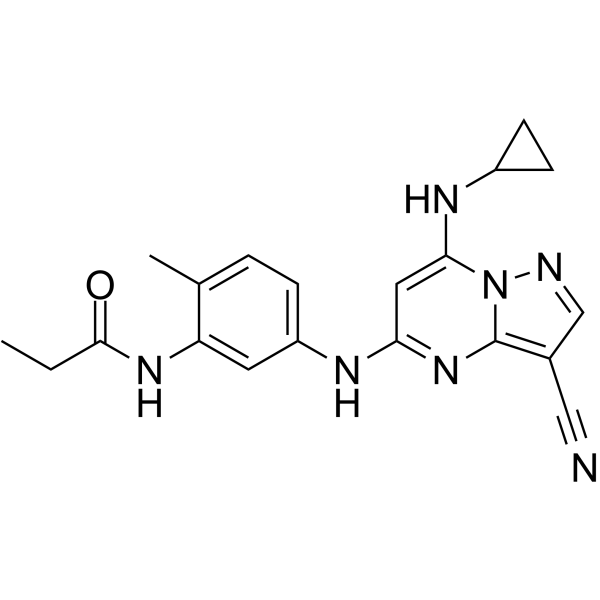
-
GP22624
SGK1 Human
Serum/Glucocorticoid Regulated Kinase 1 Human Recombinant

-
GC65308
SHIP2-IN-1
SHIP2-IN-1 是一种有效的 SHIP2 抑制剂,IC50 值为 2 µM。SHIP2-IN-1 可使 GSK3β 的 Ser9 位点磷酸化,抑制 GSK3β 的活化。SHIP2-IN-1 可用于阿尔滋海默症的研究。
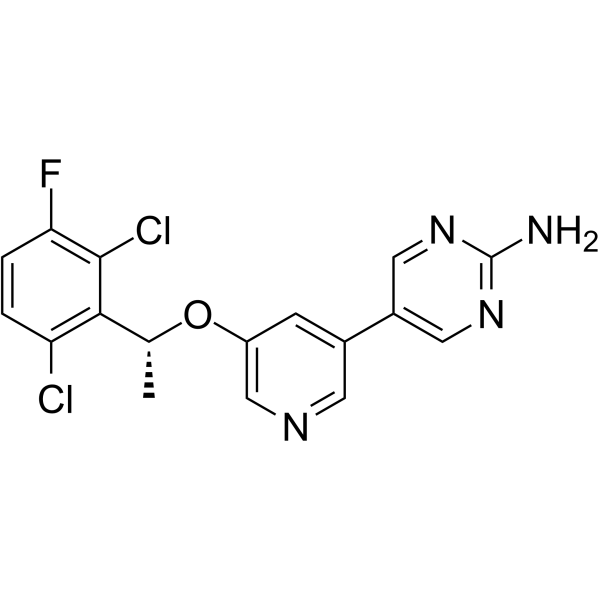
-
GP22248
SHMT1 Human
Serine Hydroxymethyltransferase 1 Human Recombinant

-
GC25930
SHP099 HCl
SHP099 is a highly potent, selective and orally bioavailable small-molecule SHP2 inhibitor with an IC50 value of 0.071 μM and shows no activity against SHP1.
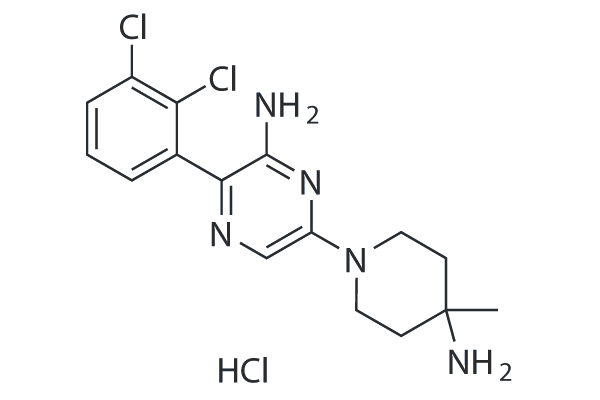
-
GC62570
SHP2-IN-6 hydrochloride
SHP2-IN-6 hydrochloride 是一种有效的 SHP2 抑制剂,IC50 值为 25.8 nM,详细信息请参见专利 WO2017211303A1,compound 7。
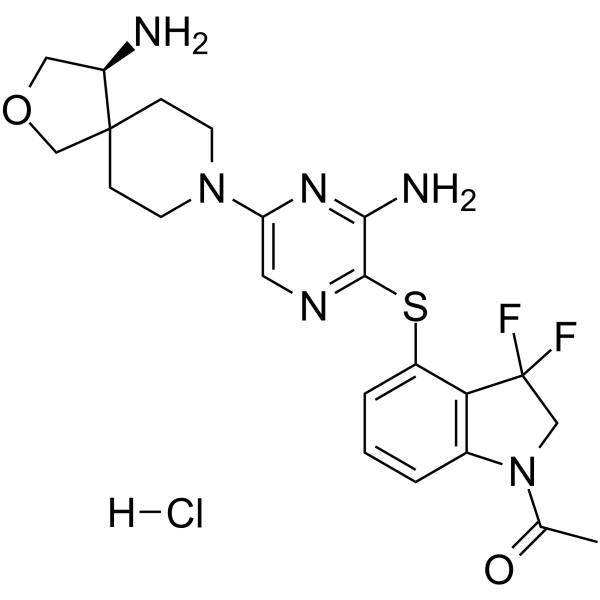
-
GC63190
SHP389
SHP389 是 SHP2 的变构抑制剂,其对 SHP2 和 p-ERK 的 IC50 值均为 36 nM。
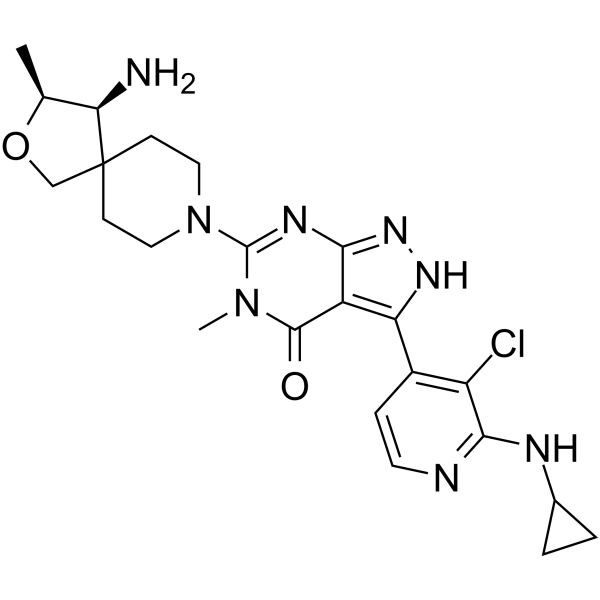
-
GC65533
SHP394
SHP394 是一种有效的,具有口服活性的,变构的选择性SHP2 抑制剂,IC50 为 23 nM。
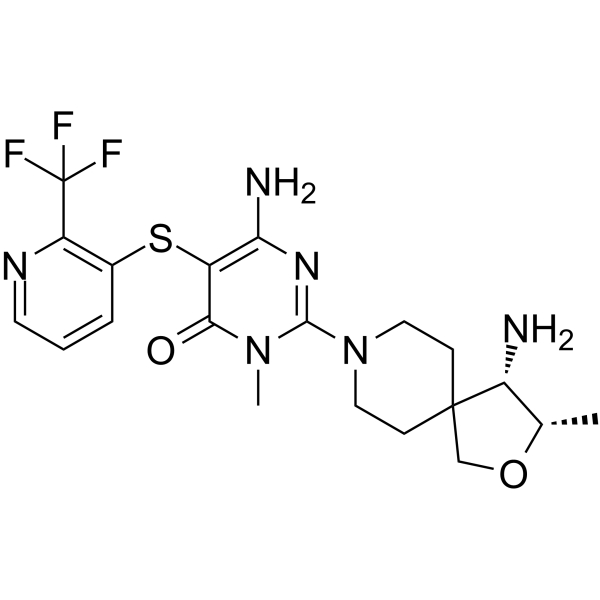
-
GC60337
SHP836
SHP836 是一种 SHP2 变构抑制剂,抑制 SHP2 的 IC50 值为 12 μM。
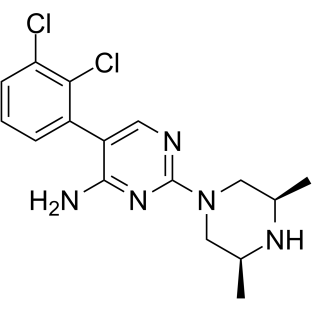
-
GP22249
SIAH1 Human
Siah E3 Ubiquitin Protein Ligase 1 Human Recombinant

-
GC61791
SID 26681509 quarterhydrate
SID26681509quarterhydrate是一种有效的,可逆的,竞争性的,选择性的人组织蛋白酶L(humancathepsinL)抑制剂,IC50为56nM。SID26681509quarterhydrate抑制Plasmodiumfalciparum的体外繁殖,并抑制Leishmaniamajor,IC50分别为15.4μM和12.5μM。SID26681509quarterhydrate对组织蛋白酶G没有抑制活性。
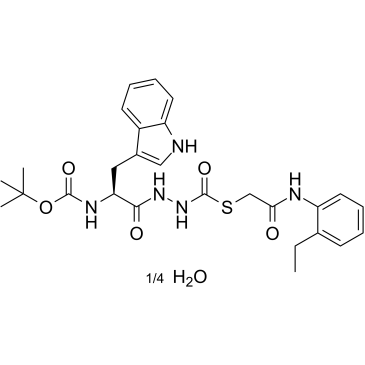
-
GC73870
SJ3149
SJ3149是一种选择性强的CK1α蛋白体外和体内降解剂,具有广泛的抗增殖活性。

-
GP22250
SlyD E.Coli
FKBP-Type Peptidyl-Prolyl Cis-Trans Isomerase E.Coli Recombinant

-
GP22251
SMS Human
Spermine Synthase Human Recombinant

-
GP22252
SMUG1 Human
Single-Strand-Selective Monofunctional Uracil-DNA Glycosylase 1 Human Recombinant

-
GC25940
SNS-314
SNS-314 is a potent and selective inhibitor of Aurora A, Aurora B and Aurora C with IC50 of 9 nM, 31 nM, and 3 nM, respectively. It is less potent to Trk A/B, Flt4, Fms, Axl, c-Raf and DDR2. Phase 1.

-
GP22253
SORD Human
Sorbitol Dehydrogenase Human Recombinant

-
GC69932
SPAA-52
SPAA-52 是一种具有口服活性的、竞争性的和可逆的低分子量蛋白酪氨酸磷酸酶 (LMW-PTP) 抑制剂 (IC50=4 nM, Ki=1.2 nM)。SPAA-52 可用于糖尿病的研究。
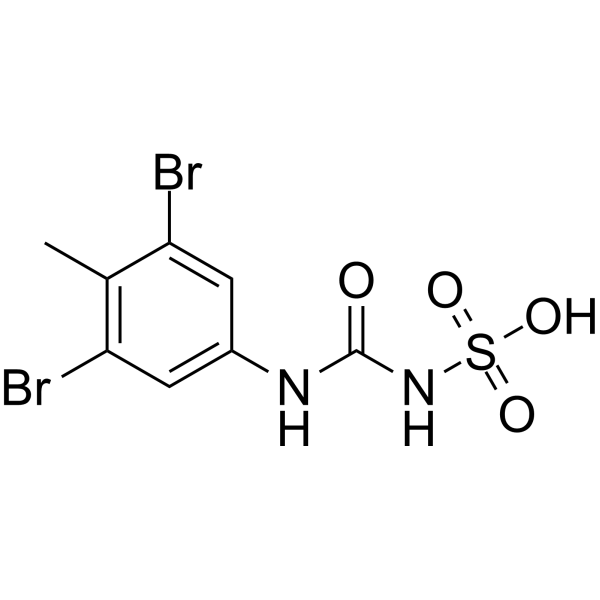
-
GP22254
SPINK1 Human
Serine Peptidase Inhibitor Kazal Type 1 Human Recombinant

-
GP22255
SPR Human
Sepiapterin Reductase Human Recombinant

-
GP22256
SPR Mouse
Sepiapterin Reductase Mouse Recombinant

-
GP22257
SRM Human
Spermidine Synthase Human Recombinant





